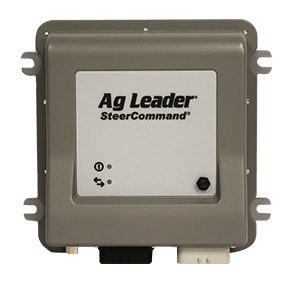Value of Data: Hybrid Mapping
In recent years, many growers have started utilizing their precision ag displays to log hybrids in the field. Quite often, these displays are controlling clutches to prevent overlaps, changing population on the go and even monitoring seed tubes and population. (How far we have come since those little, dim blinking lights.) So what benefits do you get with collecting this data, aside from in-field advantages such as reduced overlaps and blocked rows? Here is a quick overview of other ways you can gain from hybrid mapping data:
- Planting date. This can be very beneficial for reporting acres for insurance and government reporting, as well as comparing to other plant growth milestones.
- Hybrid selection. When you harvest, you can compare which hybrids are outperforming others for better seed selections in future years.
- In-season scouting and comparisons. If you have multiple hybrids in the same field, you can compare how hybrids are growing and responding to environmental conditions.
- Population logging. The ability to determine percent emergence and population trials can be beneficial to better planter adjustments next year, as well as economic checks to your bottom line for yield results.
- GMO management. Proof of refuge or traceability.
Many believe that the hybrid you place in the field can have a larger impact on the potential profit you can generate than anything else you do in the field. In other words, the best hybrid can fall on its face if placed in a field with characteristics that don’t match up to the potential of that variety. Working with your seed dealer to help place hybrids can be time well spent. Your knowledge of field fertility, drainage and soil types can add further insight to those variety placements. When you combine several pieces of information from data you have collected, you can make better decisions that will help set the stage for profitability in future years.

















